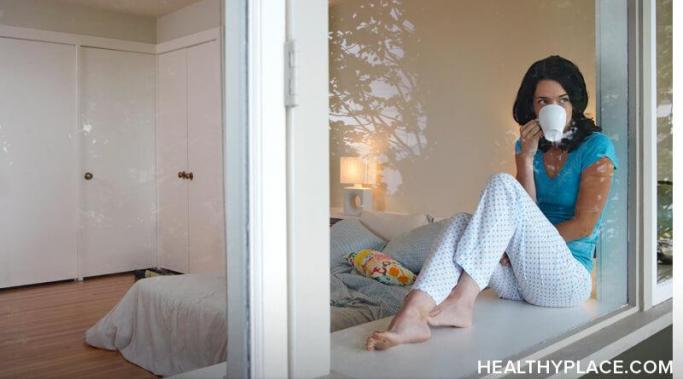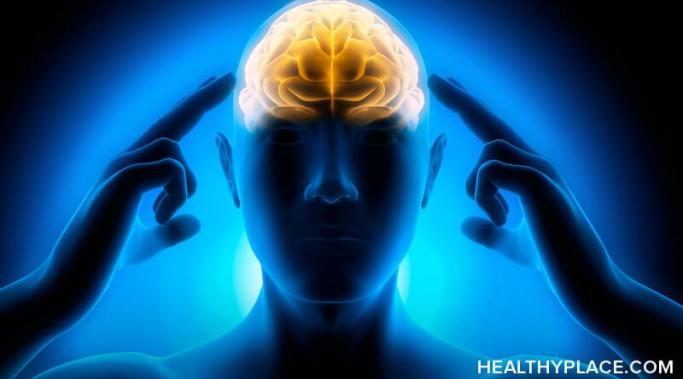I am now living alone, and almost every one of my family members and friends do not live close to me anymore. For that reason, I am used to doing almost everything by myself, because I have no other choice. But being alone by necessity has made me forget that just being in the presence of another person can be a great source of anxiety relief, and helping with flight anxiety is but part of the story.
Anxiety-Schmanxiety
Anxiety can severely limit lives, so much so that it can be difficult to leave the house to go to work (or anywhere else, for that matter). Anxiety symptoms can be crushing and exhausting, and anxiety attacks or panic attacks can leave you overwhelmed, drained, physically ill, and haunted by strong, negative thoughts and emotions. This makes daily functioning, including going to work, incredibly difficult. While it's not necessarily a quick and easy process, you can break free from the shackles of anxiety, anxiety attacks, or panic attacks and not only get to work but feel steady and actually enjoy life again.
Anxiety often causes impatience. It's a unique type of impatience, though--not that feeling of annoyance that comes from being mildly inconvenienced, but a deeper sense of immediacy or urgency that makes us believe that we have to act on a sudden thought or emotion now because it is our only chance and disasters might happen if we don't take action immediately. It's also different than the impulsivity that makes people do things without thinking them through. The impulse to act driven by anxiety happens because of too much thinking. It's possible to resist the urge to act and operate from a sense of peace rather than anxiety.
Often, the most profoundly helpful methods to combat anxiety are also the easiest to do. In that spirit, I want to discuss what is perhaps the easiest of all the easy methods: the simple act of recognizing the integrity and worth of other people.
The following two powerful mindfulness techniques can reduce anxiety's strong grip. Living mindfully is about being present in your moment and with yourself no matter what that moment is like or how you feel.
I’ve mentioned my cat in passing before several times on this blog, often in the context of discussing how owning a pet can help with anxiety.
Anxiety usually involves some form of fear. Anxious thoughts often involve worry: fear of what might happen, of worst-cases scenarios and disastrous consequences of something that has already happen or might possibly happen in the future. Anxiety and fear aren't exactly the same thing, however. Here's a look at the difference between fear and phobia and a common thread between them.
One of the most damaging misconceptions about mental illness, anxiety included, is that it’s somehow necessary to produce something creative. This could not be further from the truth – the reality is often the exact opposite. Anxiety can often be crippling to creativity, for reasons that are, when they are given even just a little thought, more than obvious.
Do you find that anxiety is causing you to avoid your life? Do you avoid people, places, situations, and events that, if it weren't for anxiety, you might actually enjoy? If so, first know that avoidance is a common and natural reaction to anxiety and is not a sign of weakness.
Anxiety affects us deeply and in many ways, including taking over our thoughts. Anxious thoughts can be loud, obnoxious, repetitive, and bothersome. They seem real and accurate. We think something; therefore, it must be true. In reality, however, our thoughts--especially anxious thoughts--aren't reliable. There are many different types of anxious thoughts that become repetitive patterns, and because they repeat in our heads, they feel very real. We come to believe them, and this affects our actions and overall happiness. Here's a look at one particularly bothersome anxious thinking pattern, all-or-nothing thinking, and an exercise to change these anxious thoughts.









